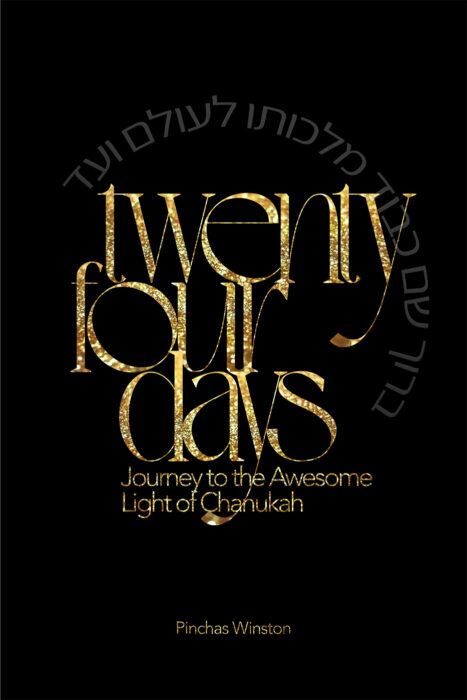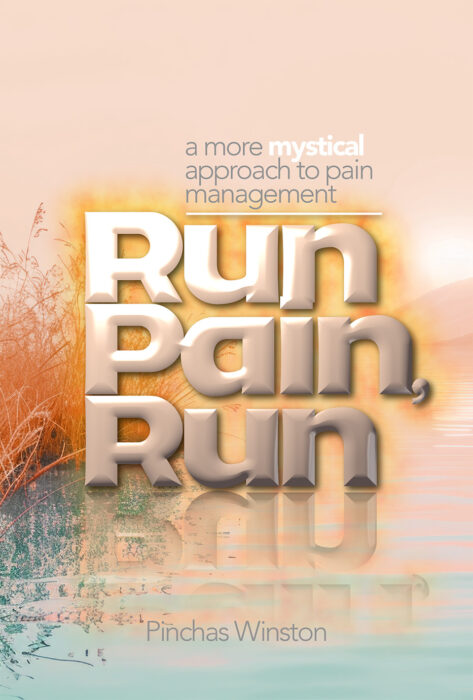Parashas Shemini-Mevarchin, Issue #2093 - By Rabbi Pinchas Winston
TALK ABOUT ENTANGLEMENT. The simple narrative has Nadav and Avihu dying because they brought an “unauthorized fire” during the inauguration ceremony in this week’s parsha. In Devarim, it mentions that they died because Aharon participated in the incident of the golden calf, even though he had all the right intentions. In Parashas Mishpatim, it says that Nadav and Avihu were already destined to be killed because, while on Har Sinai, they glanced at the Shechinah. How many times can someone be chaiv missa—culpable of death?
Even more confusing is how such great people could be worthy of death even once? True, the Gemora portrays them as being someone pompous, not at all like their great and humble father. But Moshe Rabbeinu called them great and holy people, and Kabbalah concurs. According to the Arizal, anyone who received their souls after their deaths gained the power of prophecy. Those are great souls.
You find this a lot in Torah Judaism. Things taken by themselves are often simple and logical. But when the same things are taken with others, all of a sudden difficulties arise, even what appear like contradictions. It’s why some prefer to live with the smaller picture, in order to avoid having to work out issues that arise with the bigger picture.
Even the Gemora addresses the issue of conflicting mitzvos. Sometimes, a situation makes possible two mitzvos, but doing one makes it impossible to do the other. Which takes precedence? There are rules.
Even Aharon HaKohen was faced with such a situation. On one hand, he wasn’t allowed to be involved in the building of the golden calf, even his intentions were pure. On the other hand, had he refused the demands of the people and they killed him, the generation would not have been able to atone for itself and would have been destroyed, which he believed was unacceptable to God. Which issue mattered more to God?
This year, the fourteenth of Nisan was also Shabbos. When it is not, disposing of chametz is easy and can even be done before the fourteenth. But we needed to have three bread meals for the honor of Shabbos on the fourteenth this year, after the house was already cleaned for Pesach. And we couldn’t use Kosher L’Pesach matzah because we cannot eat matzah the day before the Seder.
This halachic quandary has solutions, each of which is a compromise of sorts. Some bakeries made crumbless little challos. Some people ate pitos out of plastic bags. Some had matzah ashirah (egg matzos). Each solution had its advantages and disadvantages.
Whatever the solution, people had to think about it. The Rav of my shul printed pages that summarized many of the relevant halachos of that particular Shabbos HaGadol; many haven’t forgotten what they did the previous time that fourteenth of Nisan fell on Shabbos. I bet you there were people who usually didn’t do much about Seudas Shlishis the rest of the year who had one this year, because of the situation.
The Gemara itself is full of machlokes—disagreements. This is one of the reasons why you cannot decide a halacha based upon the Gemara, but from the Poskim who learned the Gemara and all the relevant commentaries since then. So many halachos today are simply the rabbis playing it safe, deciding like the more stringent opinion as to cover all bases. Thus is the reality of Torah as the exile deepens.
Then of course there is eilu v’eilu divrei Elokim chaim—these and these are the words of the living God. It’s when two opinions seem to contradict one another and yet are both true—to God. It’s like saying that, as much as they seem like a contradiction down here to us, higher up they work together beautifully.
As a Torah Jew, you just go with it. As a student of Kabbalah, you get used to it. Everything becomes easier to deal with once you not only acknowledge you don’t know enough to answer all the questions, you even understand how much more there is to know to answer even just most of the questions.
Once, between Mincha and Ma’ariv, I picked up the Pachad Yitzchak on Chanukah. The holiday was coming and I just felt like getting some deep insight I had never considered before. Among the few things I saw at that time, there was a ma’amer on the disagreements in Shas (all of Gemora), and what Rav Hutner, zt”l, pointed out blew me away.
Yes, we don’t like machlokes, he was basically saying. But think of all the Torah that has been brought to light because of it!
So true. All of a sudden, what I had simply attributed to something bad, the loss of Torah clarity, I saw as indirect, seemingly deliberate means for increasing Torah in the world. I don’t get them often, but that was one of those moments when you feel the beauty of an idea throughout your entire body. It didn’t just alter my perspective on machlokes, but on adversity in general.
The Torah promotes shalom bayis on all levels. It encourages the resolution of conflict, or the avoidance of it altogether. It paints a picture of a picture-perfect life, and promises one in the next world, even beginning with the Messianic Era. But God’s route to all of that is often very different than the one we imagined, even harshly different.
Even the episode with Nadav and Avihu at one of the holiest moments in human history makes this point. Human mistakes were made, but one has to wonder what God’s role was in all of this. We didn’t plan what happened and we certainly didn’t like the outcome? But did God, given the longer term plan of history?
We’ll have to wait to answer those questions, but in the meantime, each of the pieces of the puzzle, even if they don’t seem to fit together, teaches us something we need to know about life, God, and Torah. Because when it is all said and done, isn’t that the one thing we can do something about?
Thirtysix.org
Rabbi Pinchas Winston
Shabbat Shalom



















